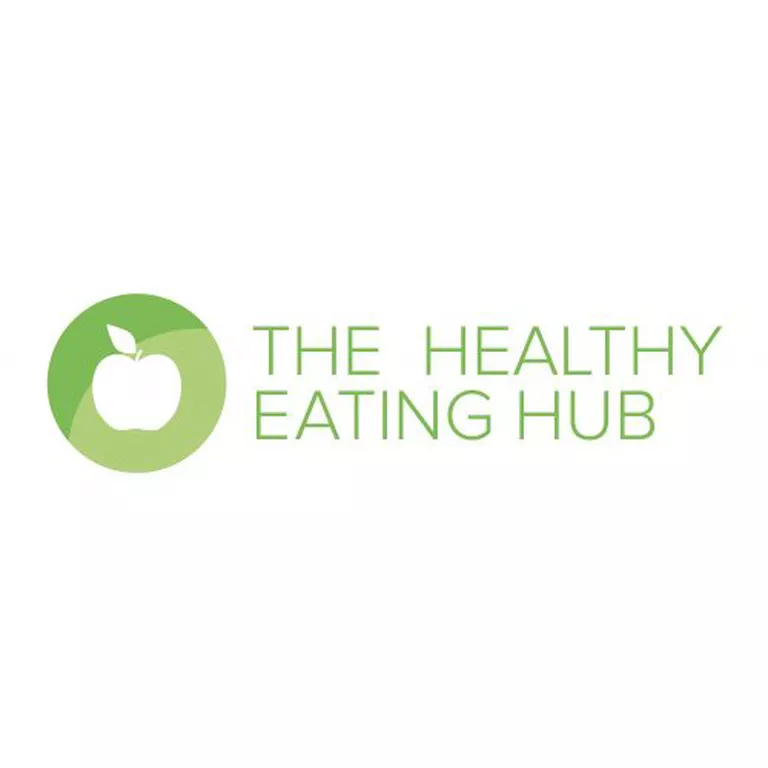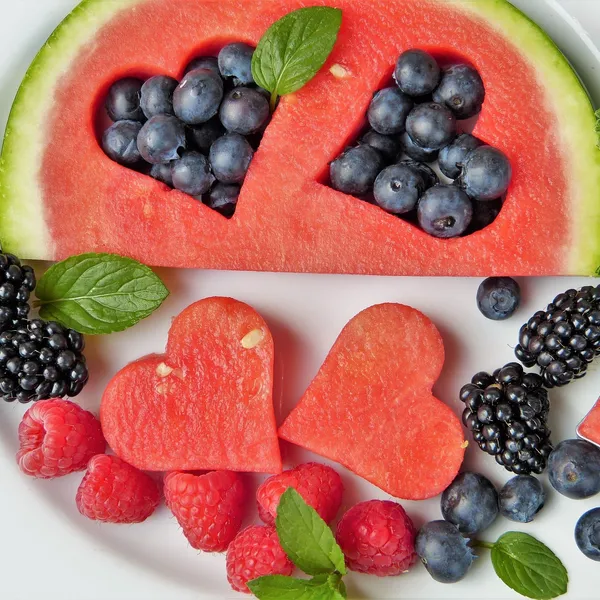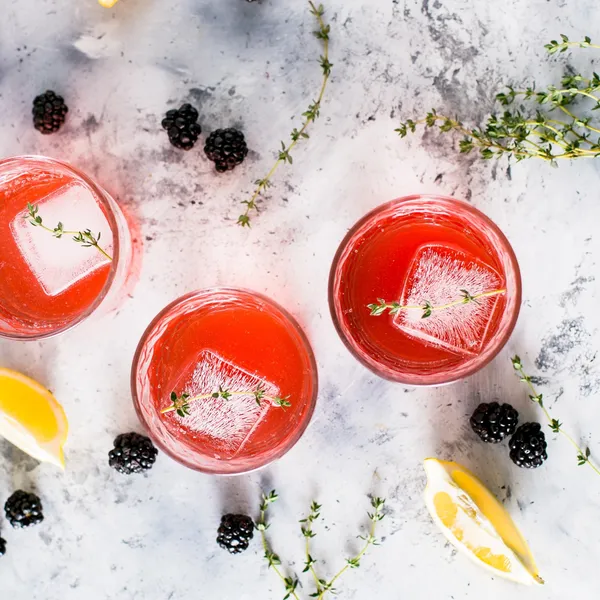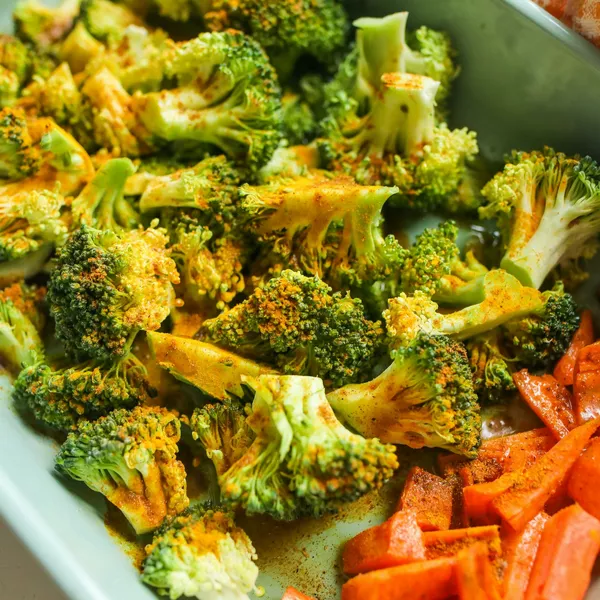Turmeric is a bright yellow-orange spice commonly used in curries, and has become so popular that turmeric lattes, turmeric tonics and other concoctions are now available. It has been promoted as an alternative treatment for cancer, although the evidence is still inconclusive.
The main component of turmeric that has been studied is curcumin, with studies showing health benefits having been done in lab models. Turmeric is only 3 per cent curcumin, and due to curcumin’s poor bioavailability and short half-life, ie, it degrades quickly, the amount that we actually absorb when we eat turmeric (which is only a small amount) is almost negligible.
So while you can enjoy turmeric lattes and curries, be aware that they’re not saving you from poor health, particularly if the rest of your diet is poor.
You don’t need to eat superfoods to be healthy – a balanced diet rich in a variety of whole foods will do that. As always, if you have any concerns about your health or diet, speak to your doctor or other healthcare professional.
Image: Unsplash








